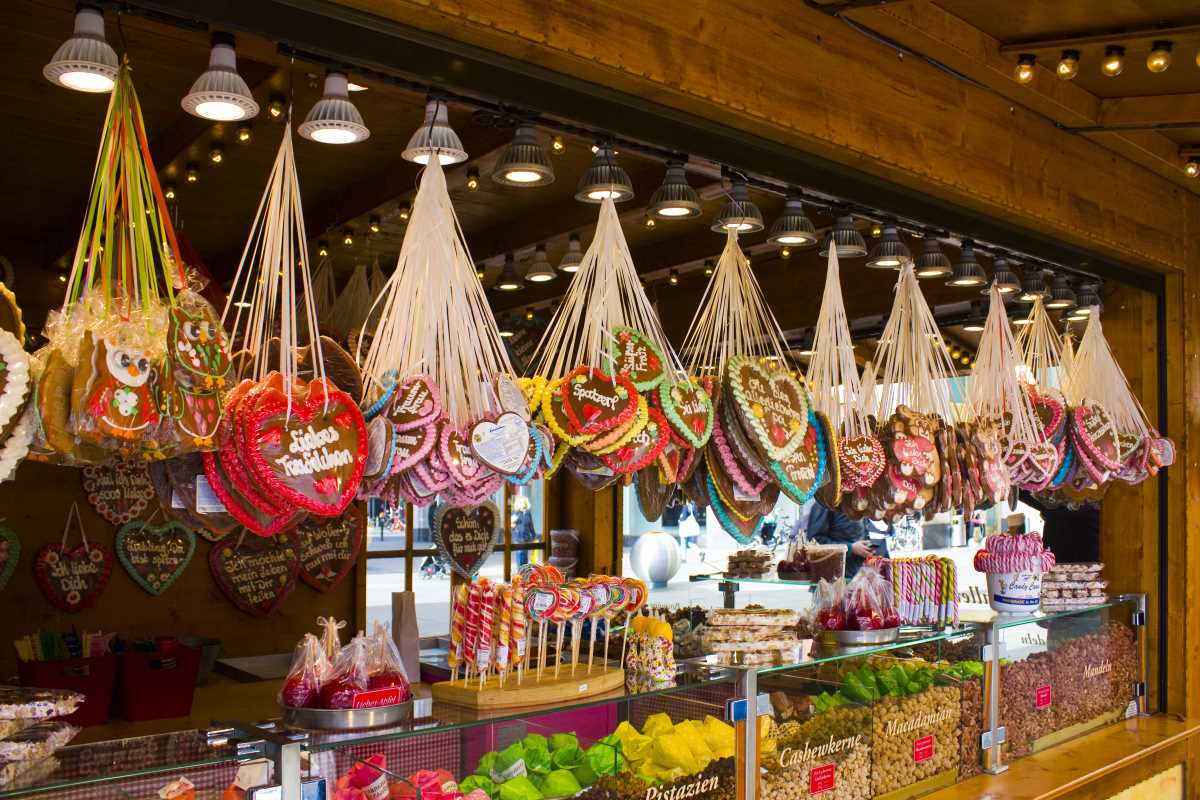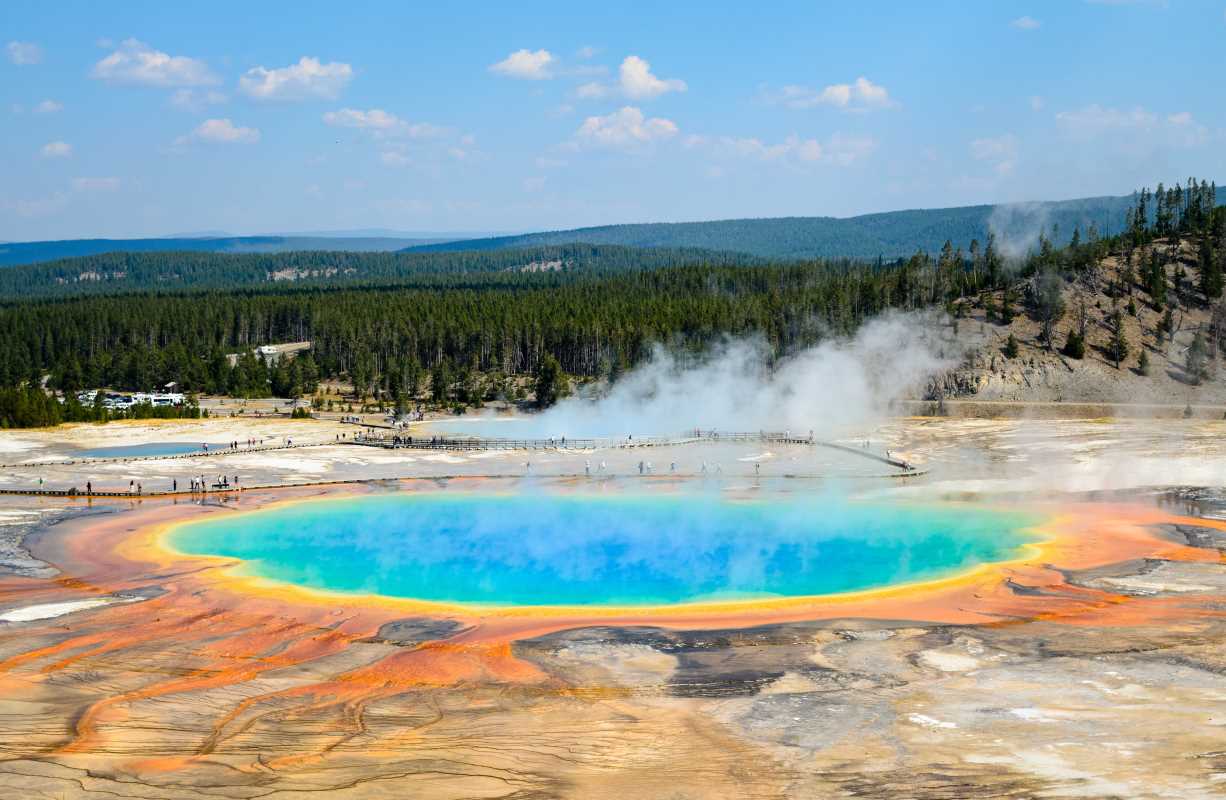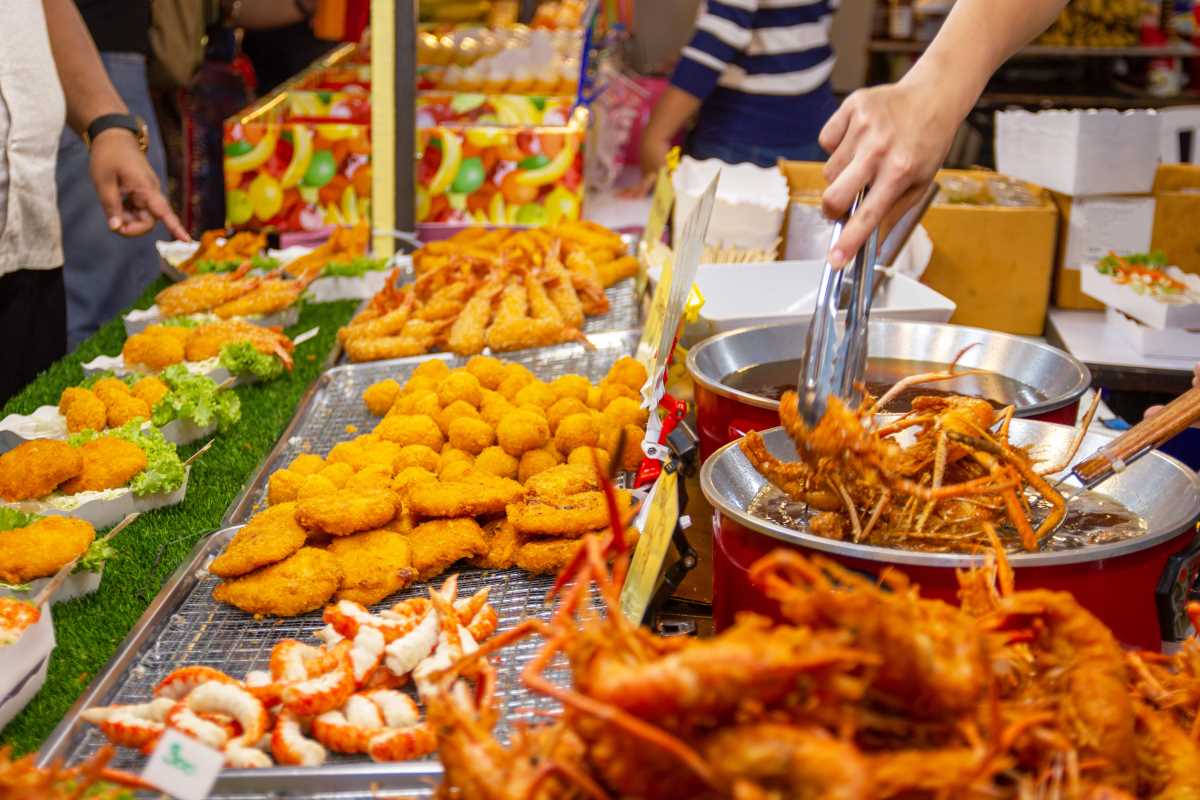Centuries ago, traders and explorers set out along winding routes that shaped the course of modern civilizations. Their journeys brought distant cultures together through lively markets, rich flavors, and the exchange of fascinating stories. Today, these legendary pathways still capture the imagination with their legacy of adventure and cultural connection. Travelers and those passionate about food can follow in their footsteps, discovering traditional recipes, aromatic spices, and striking landscapes that echo a vibrant past. Every step along these storied roads offers a taste of history and a deeper appreciation for the creativity and perseverance that shaped our shared heritage.
Immersing oneself in the legacy of these paths reveals more than mere history; it unveils a living tapestry of culture, tradition, and gastronomy. As travelers navigate these routes, each step provides an opportunity to taste the spices that sparked revolutions, witness architectural marvels, and immerse in a blend of tradition and modernity.
The Silk Road: A Tapestry of Cultures
The Silk Road stands as one of the most celebrated networks of paths that connected Eastern and Western civilizations. It offered an ever-changing panorama of languages, customs, and culinary traditions. Visitors can stroll through ancient bazaars filled with exotic textiles, rare teas, and decadent sweets, while marveling at centuries-old architecture that tells the stories of empires past.
A culinary journey along this route is as diverse as its scenery. Travelers delight in trying local specialties and meet chefs who continue time-honored traditions in cooking and presentation. The experiences, steeped in history and enhanced by modern interpretations, create a feast for all senses.
- Xi'an – Savor traditional noodles and dumplings in bustling local eateries.
- Samarkand – Enjoy sumptuous plov and freshly baked flatbreads under ancient skies.
- Istanbul – Indulge in kebabs infused with rich spices and mouthwatering desserts.
The Spice Routes: Aromas That Changed the World
The Spice Routes transformed not only regions but also countless lives with the aromatic allure of spices that traveled far and wide. The routes carried treasures such as rare herbs and seasoning blends that deepened the culinary palettes of entire cultures. Here, each fragrant waft from a street market hints at a legacy of adventurous trade and cultural synthesis.
This historical movement of flavors gave rise to recipes and cooking techniques that combine tradition with a dash of mystery and magic. Today, kitchens that celebrate both heritage and innovation show the influence of these spices.
- Saffron from Persia – Its vibrant color and unique aroma elevate many regional dishes.
- Black pepper from India – A staple spice that adds warmth and depth to savory meals.
- Cardamom from Sri Lanka – Brings a sweet and spiced accent to beverages, desserts, and curries.
- Cinnamon from Ceylon – Known for its gentle sweetness that enhances both sweet and savory recipes.
Trans-Saharan Caravans: Africa’s Golden Pathways
The vast deserts of Africa once hosted the legendary Trans-Saharan Caravans, which connected diverse cultures and kingdoms through routes that shimmered under an endless sky. These routes not only linked sub-Saharan Africa with Mediterranean civilizations but also promoted exchanges in art, music, and especially, culinary traditions. Travelers of old embarked on grueling journeys with camels laden with goods, guided by the stars and the resilient spirit of the wanderer.
The culinary legacy of these caravans is as rich as the sands they crossed. The fusion of indigenous ingredients with flavors from the Mediterranean created a vibrant food heritage thriving in modern marketplaces. Dishes filled with spices, fresh produce, and local meats pay tribute to the enduring spirit of these golden pathways.
The Amber Road and Beyond: Europe’s Ancient Highways
Europe's history features storied paths like the Amber Road, which once formed the backbone of long-distance trade across the continent. This route not only facilitated the exchange of valuable amber but also served as a conduit for ideas, art, and culinary innovations. Travelers along these paths could explore quaint villages, medieval castles, and markets where traditional recipes have been refined over generations.
Modern travelers find themselves captivated by the residual energy of these ancient trade routes.
Walking in the footsteps of traders: Modern-Day Experiences
Modern travelers retrace ancient trade routes through guided walks, museums, and culinary tours that blend history with comfort. Local guides bring past journeys to life, highlighting their lasting cultural impact.
Along the way, regional dishes—from street food to fine dining—reflect centuries-old influences. These experiences connect past and present, deepening appreciation for how trade shaped food and culture.
Exploring these routes reveals how culinary traditions and cultural exchange evolved, offering insight and inspiration with every step.
 (Image via
(Image via





